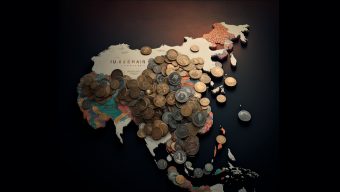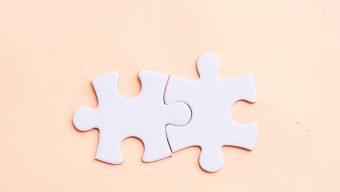An investment in resilience requires thinking carefully and broadly about your organization’s resources, whether tangible (such as inventory and equipment) or intangible (such as knowledge and relationships). Here are some recommendations on how to shore up resilience in your organization.
Maintain redundancy of resources
We have known for many years that resilience requires redundancy. Redundancy is the inclusion of extra elements that are not strictly necessary. Of course, businesses have long held inventory to weather disruptions and kept a buffer in their staffing schedules. However, other resources can also be leveraged for redundancy.
Organizations need to think about how to build redundancy into their relationships, not only with suppliers and customers, but also with others, including competitors and governments.
Although business cycles are often short, disturbances can stretch out over time, requiring us to think in longer timeframes. We might not need that relationship today, but we might need it in the near future when the world, under immense pressure from the current crisis, has shifted yet again.
We also tend to neglect knowledge redundancy. Organizations are currently amassing considerable knowledge about how best to deal with the crisis. This information should be recorded and distributed electronically across locations to facilitate ease of access and strengthen organizational memory. Recording knowledge is time-consuming, but it can be a lifeline in situations where people are getting sick and unable to work. Unfortunately, this is not the last crisis we will ever see, so knowledge amassed today can be used in future responses.
However, redundancy is finite. We cannot keep endless amounts of inventory and contribute exhaustively to relationships. This is where flexibility comes in.
Resilience depends not only on what resources an organization has, but on what resources are available.
Keep resources flexible
Academics such as Sutcliffe and Vogus (2003) have argued that flexibility of resources is crucial to resilience. Flexible resources are those capable of alternative usage. Imagine you have a device that can slice apples, but only apples. Now image you have a knife, which can do many different things. You need to supply your organizations with the equivalent of a knife and eliminate limited-use apple cutters.
Organizations can build flexible supply chains and manufacturing processes that can quickly change to other forms if needed. For example, alcohol distilleries across the globe are pivoting to produce hand sanitizer, while clothing companies are making personal protective equipment such as masks, either to donate or to sell.
Such flexibility requires being open to novel solutions. Healthcare systems in many countries are under immense pressure, with masks in short supply and locals largely required to stay inside. Spain has forged a novel solution. A region in Alicante boasts numerous shoemakers, including many who already work from home. These shoemakers have flexibly pivoted to sewing medical masks by the thousands, using fabric from hospitals and rubber bands from nearby offices, as reported by the Spanish newspaper El País.
Resilience also requires flexible infrastructure, as argued recently by academics such as Chester and Allenby (2019). In the current crisis, relying on product deliveries via fixed roadways and services via brick-and-mortar stores has shown to be problematic in some contexts. In contrast, flexible and modular delivery and connectivity are provided by the emerging technologies of drones (for products) and virtual reality or other online platforms (for services). For example, educational institutions and consulting services across the globe are rapidly moving to provide full services online. In fact, some were already fully online weeks ago. While these kinds of solutions may not necessarily materialize today for all industries, they will be strong investments for the future.
Resources cannot be infinitely flexible, however—and this is where resource diversity comes in.
Organizations can build flexible supply chains and manufacturing processes that can quickly change to other forms if needed.
Consider diverse resources
Resilience depends not only on what resources an organization has, but on what resources are available. Organizations need access to a diversity of resources. Now is the time to take a fresh look at the people in and around your organization. They might just have the diverse perspective—and assets—that you need.
Knowledge diversity is especially critical in times of crisis. Everyone brings their own unique views to a crisis, as well as their own ideas about how to solve problems. Recovering through resilience requires multiple perspectives—not only from different departments and positions, but from different parts of society. Frontline workers are often incredibly resilient in dealing with the challenges of everyday work life, while nongovernmental organizations are extremely apt at handling resource-scarce situations and bringing people together across silos. Both groups could be excellent sources of knowledge during a crisis.
An investment in resilience, which develops over time, is crucial for your business to not only survive but thrive, whatever the future brings. Investing in a healthy balance of redundant, flexible, and diverse resources can help support resilience.
© IE Insights.











